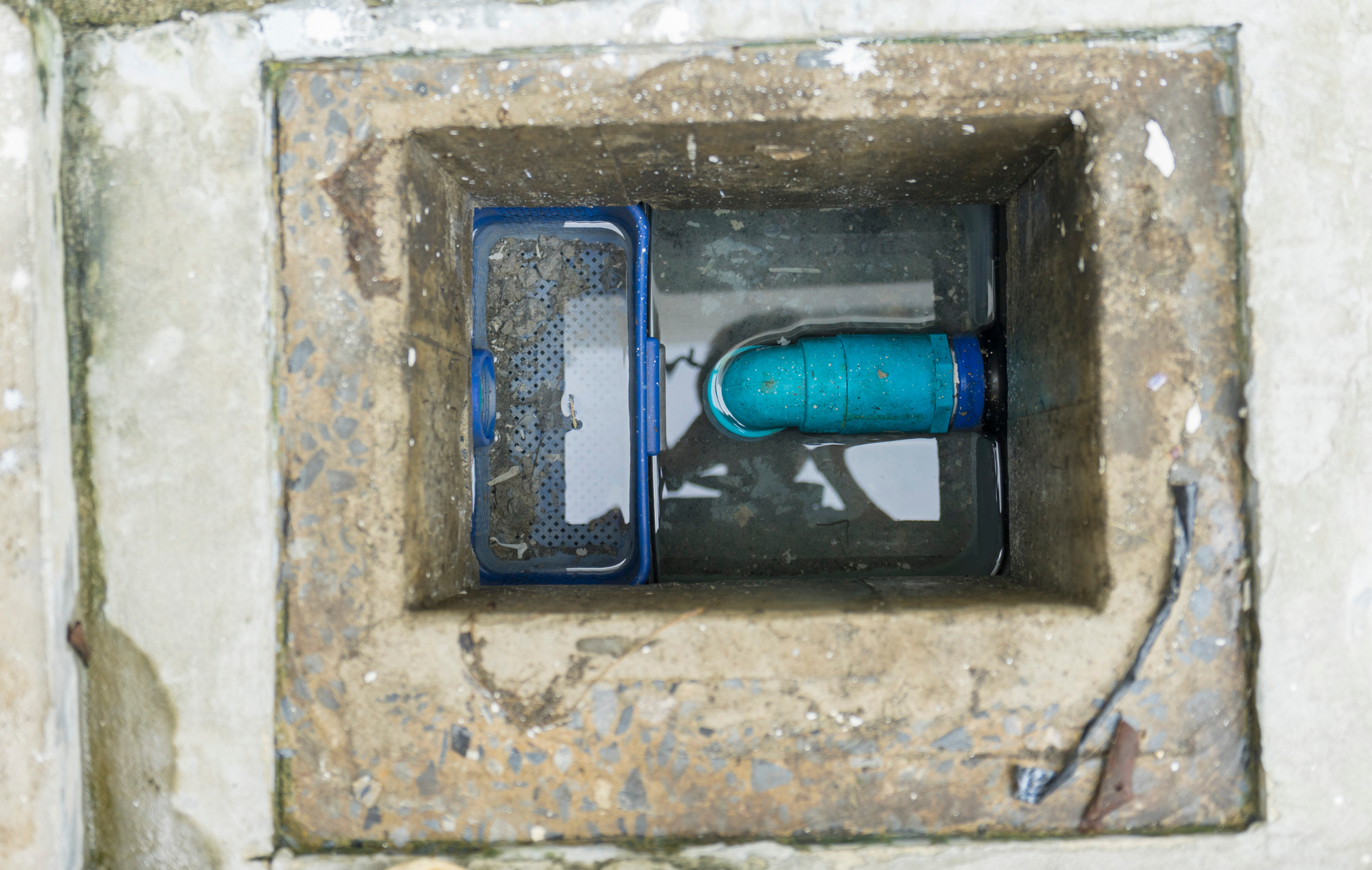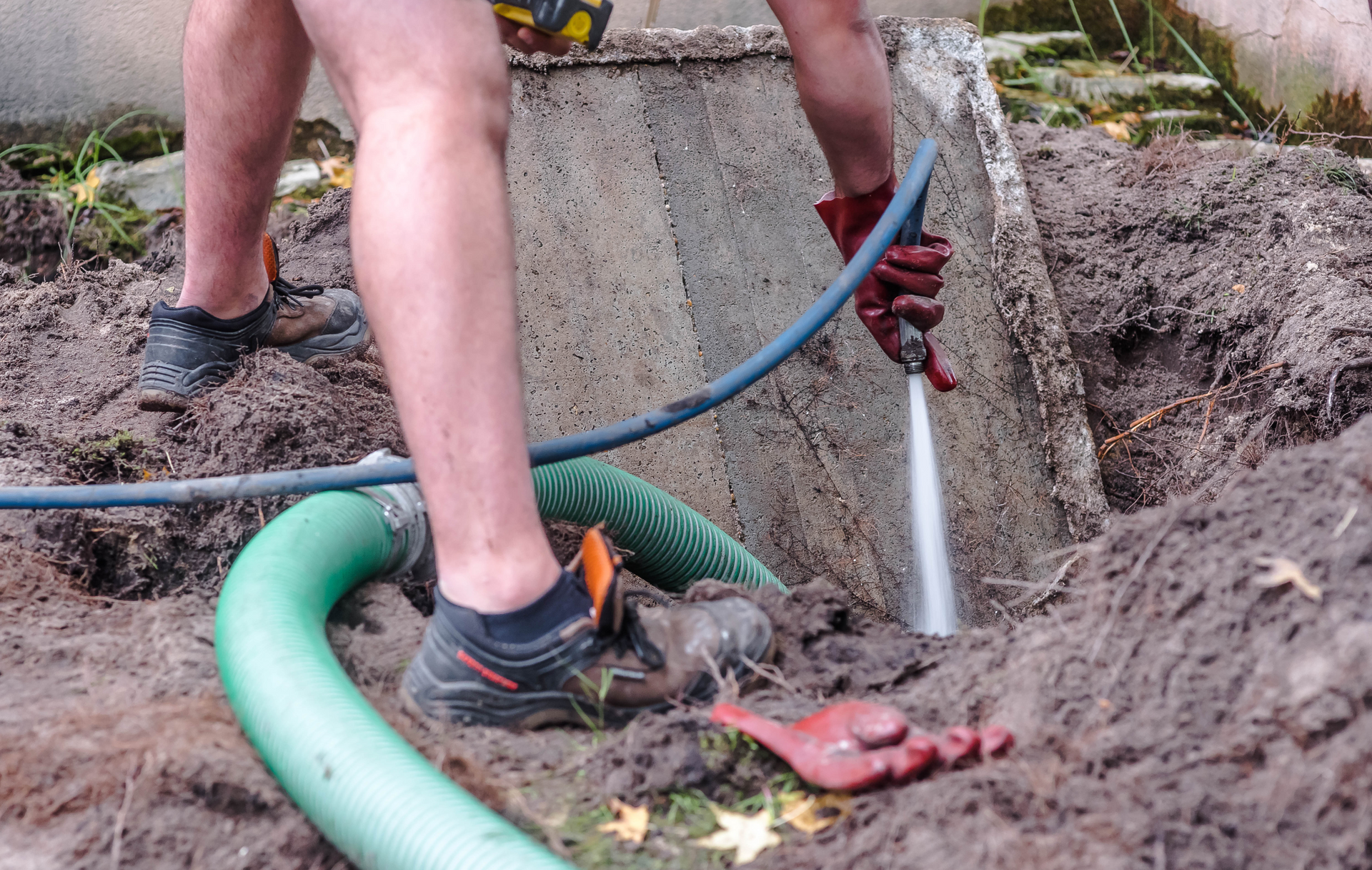Emergency Septic Service: What to Do When a Problem Arises in Oxford, MS
June 12, 2024
Emergency Septic Service: What to Do When a Problem Arises in Oxford, MS
Your septic system is a vital but often overlooked part of your Oxford, MS home. While regular maintenance can help prevent problems, emergencies can still happen. Knowing how to react in a septic system emergency is crucial to prevent damage, health hazards, and costly repairs. In this comprehensive guide, we'll explore the steps to take when you encounter a septic system emergency and how Oxford Septic Service can assist you.
Recognizing a Septic Emergency
Before we dive into the actions to take during a septic system emergency, let's understand what constitutes an emergency:
1. Sewage Backups: If sewage starts backing up into your home, this is a severe emergency. You may notice sewage coming up through drains or toilets.
2. Foul Odors: Strong, persistent odors around your septic tank or drain field can signal a problem. If these odors are accompanied by wet or soggy ground, it's even more critical.
3. Slow Drains: Slow-draining sinks, bathtubs, or toilets could indicate a clog or problem in your septic system.
4. Pooling Water: If you notice water pooling around the septic tank or drain field, it's a sign of potential system failure.
5. Gurgling Pipes: Unusual gurgling or bubbling sounds coming from your plumbing can indicate issues in your septic system.
Immediate Steps to Take
In a septic emergency, quick action is essential to minimize damage and health risks. Here's what you should do:
1. Avoid Using Water: Stop using water in your home immediately. Do not flush toilets, run faucets, or use any appliances that involve water.
2. Turn Off Water Supply: If you have an easily accessible septic tank cleanout or sewer line access, consider turning off your home's water supply.
3. Ventilate the Area: Open windows and doors to ventilate your home if you're experiencing foul odors.
4. Keep People Away: Ensure everyone, including pets, stays away from the affected area. Sewage backups can contain harmful pathogens.
5. Contact a Professional: Call Oxford Septic Service for emergency assistance. Explain the situation and provide as much information as possible.
What Not to Do
In a septic emergency, it's equally important to know what not to do:
1. Don't Try DIY Repairs: Septic systems are complex, and attempting DIY repairs can worsen the situation and lead to more significant problems.
2. Avoid Flushing Chemicals: Don't try to unclog pipes with chemical drain cleaners. These can harm your septic system's delicate balance of bacteria.
3. Don't Dig Without Professional Guidance: If you suspect a problem with your septic tank or drain field, refrain from digging or excavation without professional guidance. You could damage the system further.
How Oxford Septic Service Can Help
When you contact Oxford Septic Service during a septic emergency, you can expect prompt and professional assistance. Our experienced team will:
1. Assess the Situation: We will conduct a thorough assessment to determine the cause and extent of the emergency.
2. Immediate Action: Depending on the situation, we will take immediate action to mitigate the issue. This may involve pumping the tank, clearing blockages, or making repairs.
3. Provide Expert Solutions: Our team will provide expert solutions to resolve the emergency and prevent future occurrences.
4. Clean and Sanitize: After resolving the issue, we will clean and sanitize the affected areas to ensure your home is safe and hygienic.
5. Recommend Preventive Measures: We will provide recommendations for preventive measures and regular maintenance to avoid future emergencies.
Preventing Future Emergencies
While emergencies can happen, many septic system issues can be prevented through regular maintenance. Consider these preventive measures:
1. Regular Pumping: Schedule regular septic tank pumping to prevent solids from building up and causing clogs.
2. Septic System Jetting: Invest in septic system jetting services to keep your pipes and lines clear of debris and blockages.
3. Professional Inspections: Arrange for professional inspections to detect and address potential issues early.
4. Responsible Water Usage: Be mindful of water usage in your home. Fix leaks promptly and avoid excessive water consumption.
5. Proper Disposal: Dispose of household waste, chemicals, and non-biodegradables responsibly. Never flush them down the drain.
In conclusion, knowing how to react during a septic system emergency is crucial for protecting your home, health, and the environment. By following the steps outlined here and relying on the expertise of Oxford Septic Service, you can confidently handle septic emergencies and take proactive steps to prevent them in the future. Remember, timely action and professional assistance are your best allies in managing septic system emergencies in Oxford, MS.

Oxford Septic Services plays a crucial role in ensuring the health and functionality of septic systems in our community. With years of experience and expertise, our team is dedicated to providing top-quality services to homeowners and businesses alike. In this guide, we'll explore the vital role that Oxford Septic Services plays in maintaining healthy septic systems and preserving the well-being of our environment. Chapter 1: Comprehensive Septic System Maintenance Oxford Septic Services offers comprehensive maintenance services designed to keep septic systems running smoothly. From regular inspections to proactive maintenance measures, our team ensures that septic systems remain in optimal condition year-round. Chapter 2: Professional Septic Tank Pumping Regular septic tank pumping is essential for preventing backups and maintaining the proper functioning of septic systems. Oxford Septic Services provides professional pumping services tailored to the unique needs of each property, ensuring efficient removal of waste and sludge. Chapter 3: Prompt Septic System Repairs When issues arise with septic systems, prompt repairs are crucial to prevent further damage and ensure continued functionality. Oxford Septic Services offers timely and reliable repair services, addressing issues such as leaks, clogs, and drain field problems with expertise and efficiency. Chapter 4: Expert Leach Field Services Leach fields are an integral part of septic systems, responsible for filtering and dispersing wastewater into the soil. Oxford Septic Services offers expert leach field services, including inspections, repairs, and installations, to ensure the proper functioning of this critical component. Chapter 5: Emergency Septic Services Septic emergencies can occur at any time, posing significant risks to property and health. Oxford Septic Services offers emergency services around the clock, providing prompt response and effective solutions to mitigate damage and restore functionality. Chapter 6: Residential and Commercial Solutions Whether it's a residential property or a commercial establishment, Oxford Septic Services offers tailored solutions to meet the unique needs of each client. From small homes to large commercial properties, our team has the expertise and resources to handle any septic system challenge. Chapter 7: Environmental Stewardship At Oxford Septic Services, we are committed to environmental stewardship and sustainable practices. We prioritize eco-friendly solutions and responsible waste management techniques to minimize our impact on the environment and protect natural resources. Conclusion: Oxford Septic Services plays a vital role in maintaining healthy septic systems and preserving the well-being of our community. With comprehensive maintenance services, prompt repairs, and a commitment to environmental stewardship, our team ensures that septic systems remain in optimal condition for years to come. Trust Oxford Septic Services for all your septic system needs and experience the difference firsthand.

Septic tank pumping is a crucial aspect of septic system maintenance that often goes overlooked by property owners. Regular pumping helps prevent costly repairs, prolongs the lifespan of the septic system, and protects the environment from contamination. In this guide, Oxford Septic Services shares valuable insights into the importance of routine septic tank pumping and its many benefits. Chapter 1: Understanding the Role of Septic Tank Pumping Overview of the septic tank pumping process and its significance in maintaining a healthy septic system Explanation of how septic tank pumping removes accumulated solids and sludge from the tank, preventing clogs and backups Chapter 2: Preventing Costly Repairs and System Failures Discussion of the potential consequences of neglecting septic tank pumping, including system backups, drain field damage, and groundwater contamination Exploration of the financial implications of septic system repairs and replacements compared to the relatively low cost of routine pumping Chapter 3: Extending the Lifespan of Your Septic System Explanation of how regular septic tank pumping helps prolong the lifespan of the septic system by reducing stress on system components and preventing premature failure Discussion of the correlation between routine pumping and the overall health and longevity of the septic system Chapter 4: Protecting the Environment and Public Health Examination of the environmental and public health risks associated with untreated wastewater discharge from poorly maintained septic systems Explanation of how routine septic tank pumping helps mitigate these risks by preventing groundwater contamination and protecting local water sources Chapter 5: Maintaining Property Value and Resale Potential Exploration of the impact of a well-maintained septic system on property value and resale potential Discussion of how routine septic tank pumping demonstrates responsible property ownership and can increase buyer confidence during real estate transactions Chapter 6: Ensuring Regulatory Compliance Overview of local regulations and requirements regarding septic system maintenance and pumping frequency Explanation of how routine septic tank pumping helps property owners remain in compliance with regulatory standards and avoid potential fines or penalties Chapter 7: Best Practices for Scheduling Septic Tank Pumping Recommendations for establishing a regular pumping schedule based on factors such as household size, water usage, and septic system capacity Tips for working with professional septic service providers like Oxford Septic Services to schedule timely and efficient pumping services Conclusion: Routine septic tank pumping is an essential aspect of responsible septic system ownership, offering numerous benefits for property owners, the environment, and public health. By understanding the importance of routine pumping and working with trusted professionals like Oxford Septic Services, property owners can ensure the long-term performance and reliability of their septic systems.
